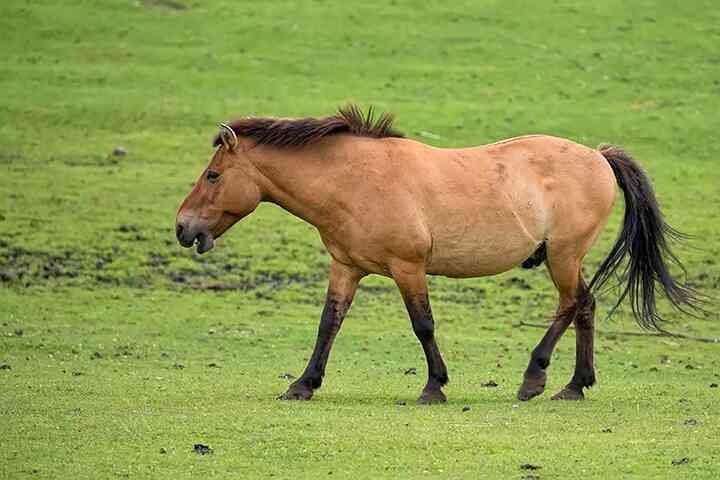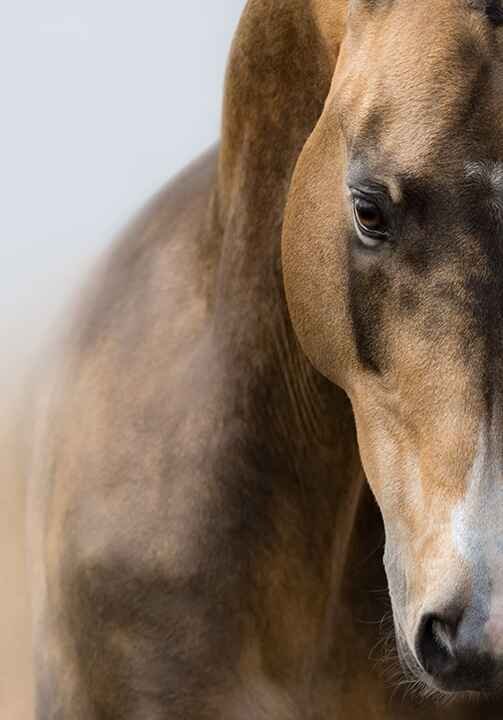Quick answer is: 25-30 mile per hour (40-48 kmph). Horses at first known for their speed and then for friendship, these two characteristics alone make them stand out from the rest of the animals. When it comes to how fast can a horse run? Its answer is solely dependent on the breed. The fastest gait on average reach 25-30 mile per hour (40-48 kmph) over short distances, and a smoother, four-beat gait typically reaches 10-17 mile per hour (16-27 kmph), and the slowest gait, on average reach 4-7 mile per hour (6-11 kmph).
Sometimes breed type can run slower than expected, here knowing about their proper diet becomes necessary for horse owners. After reading this article, you will be able to know how fast a breed can run, a recommended diet for you equine friend as well as we will try to highlight some common mistakes horse owners should not make that affect their horses’ strength/ seed and overall well being.
How fast can a horse run with a rider?
On average, a well-trained horse can reach speeds of 32 to 48.5 kilometers per hour (20 to 30 miles per hour) with a rider on its back keeping in mind various factors such as the horse’s breed, age, fitness level, and the rider’s weight, terrain, weather conditions, horse’s temperament, and riding style. In optimal conditions, such as on flat, even terrain with favorable weather, horses can achieve higher speeds.
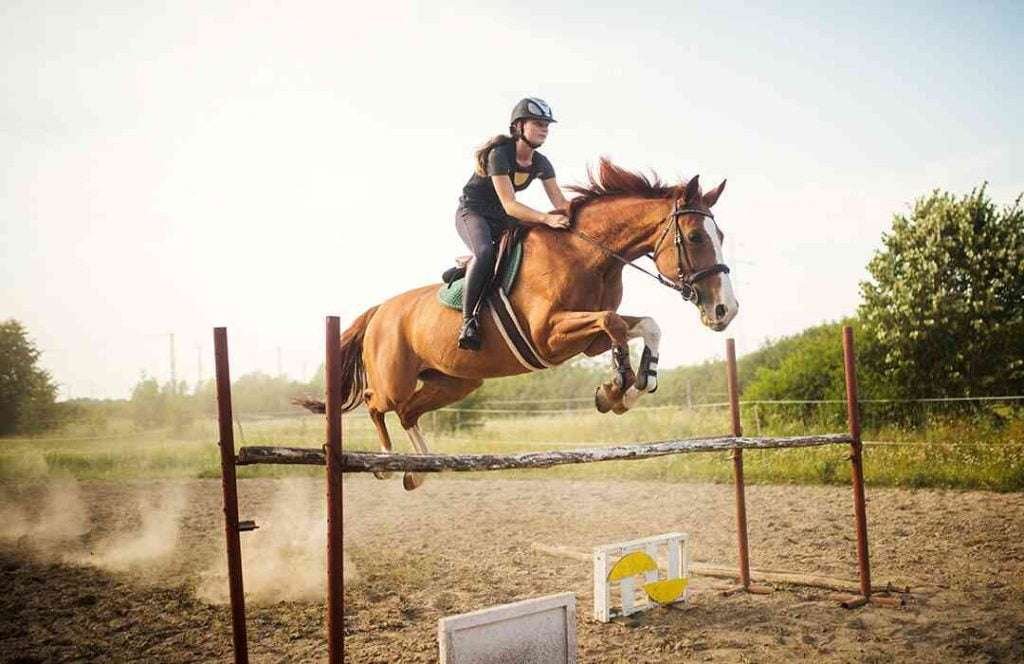
Riders should consider their horse’s capabilities and condition, as pushing a horse beyond its limits can lead to fatigue and potential injury. Training, conditioning, and proper riding techniques for optimizing the horse’s performance and ensure its well-being.
How Fast Can a Racing Horse Run?
Racing horses, particularly Thoroughbreds bred for speed and endurance, are among the fastest land animals on Earth. On average, racing horses can reach speeds of up to 40 to 45 miles per hour (64 to 72 kilometers per hour) during a sprint or short-distance race, such as a quarter-mile or a six-furlong race. However, in longer races, such as a mile or more, their speed may decrease slightly due to the need to conserve energy for the duration of the race. In exceptional cases, elite Thoroughbred racehorses have been recorded reaching speeds of over 45 miles per hour during competitions.
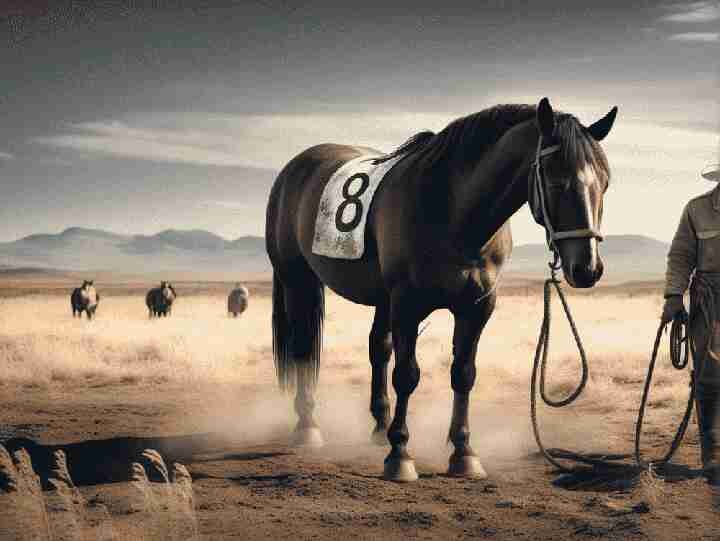
Best feed for racing horses?
Racing horses require nutrition that provides ample energy for sustained exertion, muscle development and recovery, and supports joint health for training and racing. High-quality hay and pasture form the foundation of their diet, it provides fiber, vitamins, and minerals. Additionally, racing horses often benefit from concentrates such as specially formulated grain mixes or pellets designed to provide essential nutrients like protein, carbohydrates, fats, and vitamins in precise ratios. Supplements may also be included to address specific needs such as electrolyte replenishment, digestive health, or joint support.
Related: Best Natural and Healthy Leafy Horse Treats
Common Issues
Regular monitoring and adjustments to the diet is necessary to optimize performance and ensure the well-being of racing horses. It’s a bit challenging for racing horse owners and trainers to work closely with equine nutritionists or veterinarians to develop a customized feeding program tailored to the individual needs of each horse based on factors like age, weight, workload, and overall health status.
How Fast Can a Domestic Horse Run?
A domestic horse can reach speeds of up to 25 to 30 miles per hour (40 to 48 kilometers per hour) in short bursts, depending on factors such as breed, age, fitness level, and individual capabilities. However, certain breeds, such as Thoroughbreds and Arabians have an exceptional speed and can achieve even greater velocities.
While these horses may not match the top speeds of their wild counterparts, such as the African wild ass or the Przewalski’s horse, they still possess remarkable sprinting abilities.
What is the best feed for Domestic Horses?
A high-quality forage, such as hay or pasture, supplemented with a balanced commercial concentrate feed. It’s essential to provide horses with a diet that meets their nutritional needs based on factors like age, weight, activity level, and health status.
A good-quality hay, like timothy or alfalfa, serves as the foundation of the horse’s diet, providing essential fiber, energy, and nutrients. Additionally, concentrate feeds, often in the form of pellets or grains, can be added to provide additional protein, vitamins, and minerals.
Related: What is the Best Feed for Senior Horses?
Common Issues
Difficult to choose concentrated formulated diet for horses, as other livestock feeds may not meet their nutritional requirements. Furthermore, access to clean, fresh water is essential for proper hydration and digestion.
How Fast Can a Wild Horse Run?
On average, wild horses can run at speeds of up to 40 to 45 miles per hour (64 to 72 kilometers per hour). Again, their speed can vary depending on factors such as age, health, and terrain conditions. When fleeing from predators or during herd dynamics, wild horses can reach their maximum speeds to escape danger or assert dominance within the herd. Their ability to run swiftly enables them to cover long distances in search of food, water, and shelter, contributing to their adaptability and resilience in the wild.

What is the best feed for Wild Horse?
In the wild, horses primarily rely on grazing natural grasses and foraging for food, which provides them with essential nutrients and fiber. Therefore, the best feed for wild horses is a diet that mimics their natural grazing habits. This includes access to fresh, diverse pasturelands with a variety of grasses, herbs, and other edible plants. Additionally, wild horses may consume small amounts of shrubs, tree bark, and occasional grains found in their environment.
Issues
In some cases, wild horse populations may benefit from supplementary feed provided by wildlife management authorities to help support their nutritional needs during periods of scarcity or drought. However, any supplemental feeding should be carefully managed to avoid disrupting their natural foraging behaviors and ecological balance.
What Are the Fastest Horse Breeds in the World?
Several horse breeds known for their impressive speed capabilities, with each breed excelling in different types of races and disciplines. Some of the fastest horse breeds in the world include:
Thoroughbred – 64 to 72 kph
Thoroughbreds are capable of reaching speeds of up to 40 to 45 miles per hour (64 to 72 kilometers per hour) in short sprints, making them the fastest horse breed in the world. Widely regarded as the fastest horse breed in the world, Thoroughbreds excel in flat racing, steeplechase, and other speed-based competitions. This breed is known for their agility, stamina, and competitive spirit.
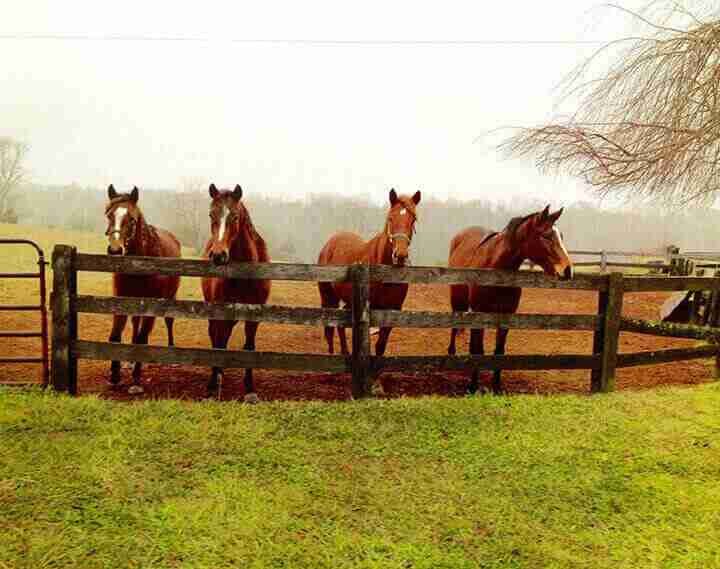
Quarter Horse – 88 kph
Quarter Horses can achieve speeds of up to 55 miles per hour (88 kilometers per hour) in short bursts, particularly in sprint races and barrel racing competitions. These horses are known for their explosive bursts of speed over short distances. They are particularly adept at sprint racing, barrel racing, and other events that require quick acceleration and agility.
Arabian – 56 to 64 kph
Arabians can reach speeds of around 35 to 40 miles per hour (56 to 64 kilometers per hour) in short sprints. Arabians are known for their endurance rather than top speed.
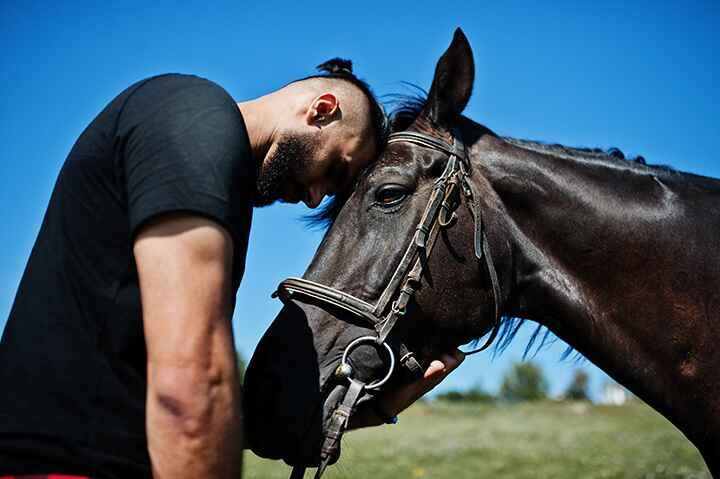
Akhal-Teke – 48 to 56 kph
Akhal-Teke’s speed is up to 30 to 35 miles per hour (48 to 56 kilometers per hour). Originating from Turkmenistan, the Akhal-Teke is celebrated for its sleek build and incredible speed. Known as the “Golden Horses,” they possess a distinctive metallic sheen to their coat and are prized for their speed, endurance, and gracefulness.
American Paint Horse – 64 to 88 kph

American Paint Horses can reach speeds similar to Thoroughbred and Quarter Horse, with top speeds ranging from 40 to 55 miles per hour (64 to 88 kilometers per hour) in short sprints. The American Paint Horse is a versatile breed known for its prowess in both speed and performance events. With their distinctive coat patterns and athletic abilities, Paint Horses excel in various equestrian disciplines, including barrel racing, roping, and reining.
Standardbred – 48 to 56 kph
Standardbreds can reach speeds of up to 30 to 35 miles per hour (48 to 56 kilometers per hour) in harness racing events. This breed is known for its trotting and pacing abilities rather than top speed.
Note: These speed limits can vary depending on factors such as the horse’s fitness, training, track conditions, and rider skill.
Age groups Vs Speed?
The typical speed capabilities for different age groups of horses along with their corresponding speeds:
Foals (0-6 months)
Foals are not typically trained for speed at this age and spend most of their time learning to walk, trot, and canter. They may exhibit bursts of energy but generally do not reach high speeds.

Yearlings (6 months – 1 year)
Yearlings may start to display increased energy and athleticism as they grow older. They may engage in playful galloping and running, they do not reach their full speed potential at this age.

Young horses (1-3 years)
Young horses speeds can range from 20-30 miles per hour (32-48 kilometers per hour) in short bursts. They begin to develop more strength, coordination, and speed as they mature. They may participate in light training and exercise programs to gradually build their fitness and endurance.
Prime-age horses (4-10 years)
Prime-age horses are typically in their physical peak and may exhibit the highest speed capabilities. With proper training and conditioning, they can reach their maximum speeds in various equestrian disciplines such as racing, show jumping, and eventing. Their speeds can range from 25-40 miles per hour (40-64 kilometers per hour) or more, depending on the discipline and individual horse.

Mature horses (11-20 years)
Mature horses speeds can range from 20-35 miles per hour (32-56 kilometers per hour), depending on their health and conditioning. While they may not be as fast as prime-age horses, they can still maintain moderate speeds or they may participate in lower-intensity activities such as trail riding, dressage, and pleasure riding.
Related: What are mature performance horses?
Senior horses (20+ years)
Senior horses speeds may range from 15-25 miles per hour (24-40 kilometers per hour), depending on their health and mobility. These horses may experience a decline in speed and overall athleticism due to aging-related factors such as decreased muscle mass, joint stiffness, and reduced cardiovascular function. However, they can still enjoy light exercise and activities that cater to their individual needs and abilities.
Related: What is the best feed for senior horses?
Factors affecting horse speed?
Many new and inexperienced horse owners got worried why their horses are not performing well. Several factors can affect a horse’s speed and help horse owners and trainers to optimize their horse’s speed and performance in various equestrian activities.
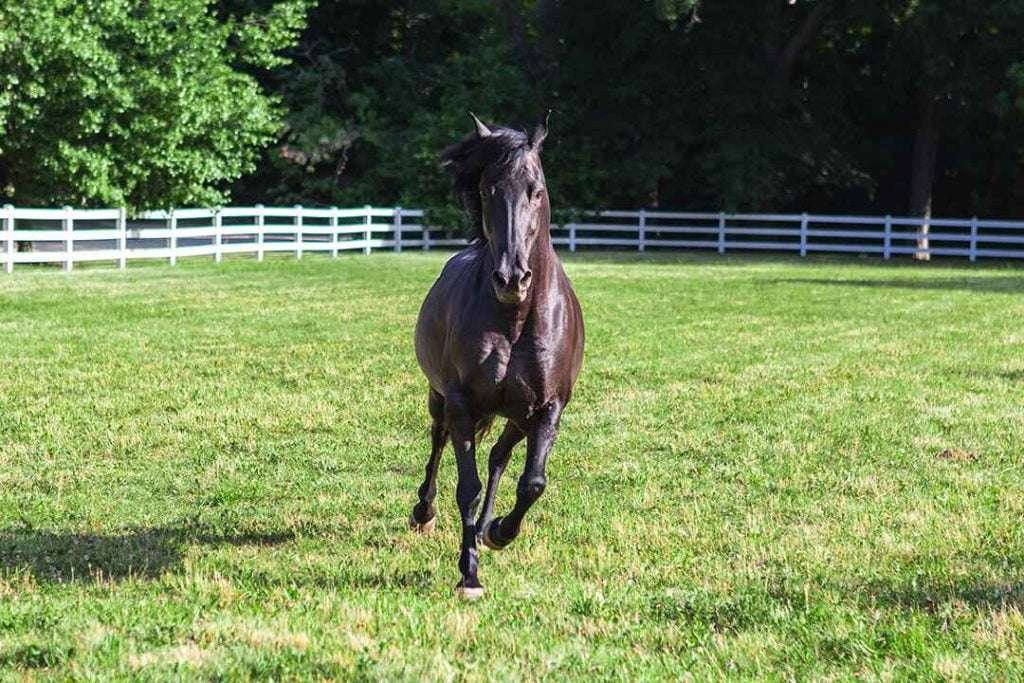
Conformation
The horse’s physical structure, including its bone structure, muscle development, and overall body proportions, can influence its speed and agility. Horses with well-balanced conformation, strong hindquarters, and long, powerful strides are often faster and more agile than those with structural deficiencies.
Training
Proper training plays a crucial role in developing a horse’s speed and athleticism. Regular exercise, conditioning workouts, and specific training programs tailored to the horse’s discipline can improve its speed, endurance, and overall performance.
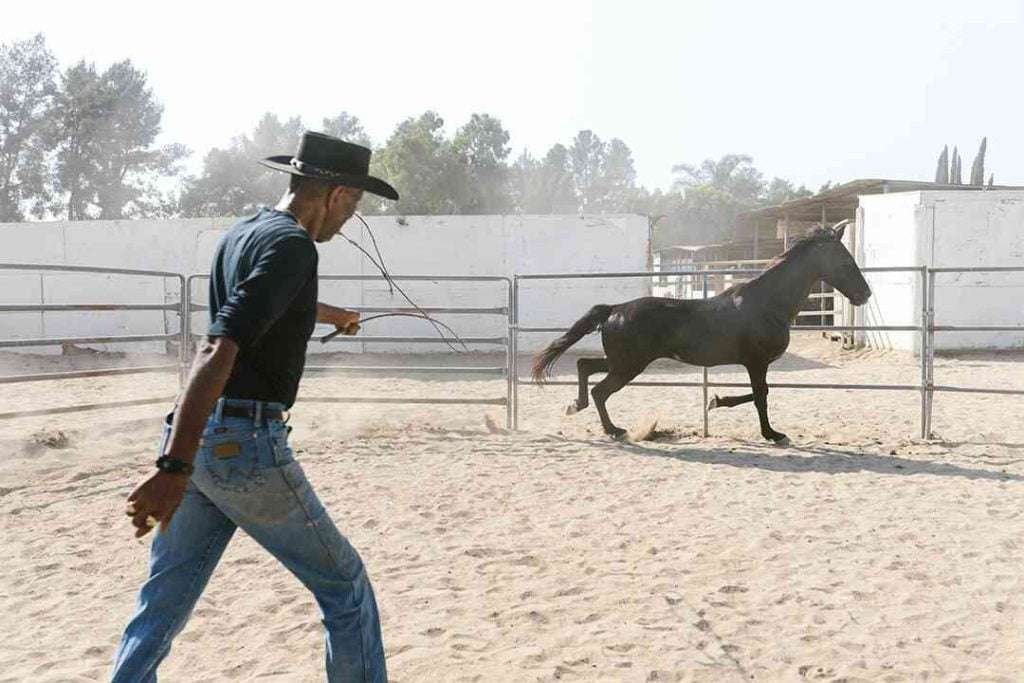
Fitness level
A horse’s fitness level directly impacts its speed and stamina. Horses that are in peak physical condition, with strong muscles, good cardiovascular health, and high levels of endurance, are capable of sustaining faster speeds for longer periods.
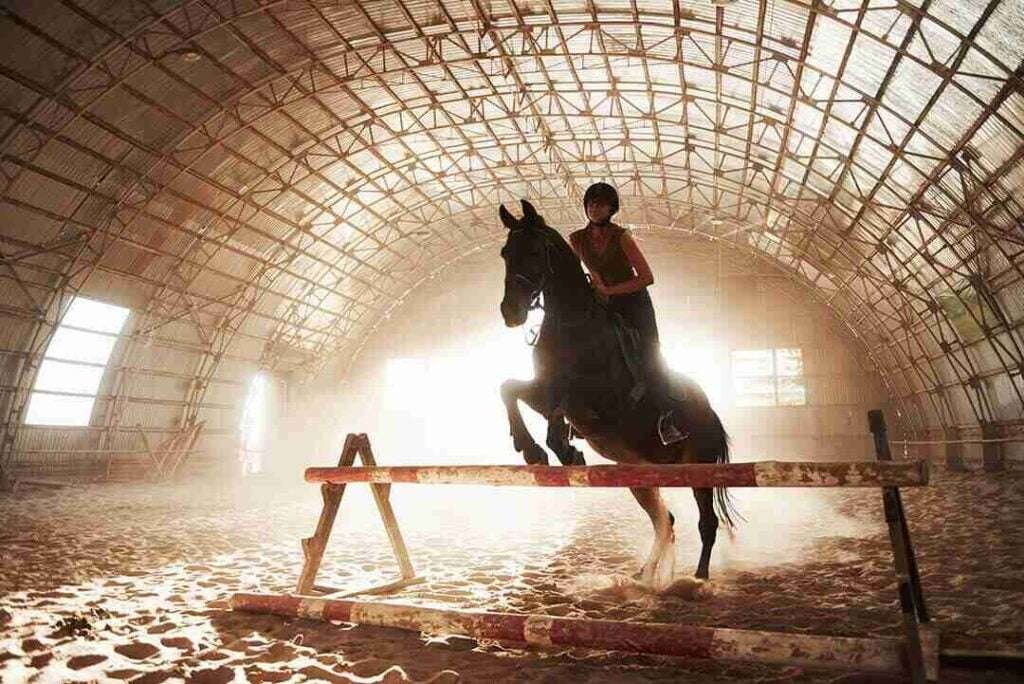
Age
Younger horses may possess more energy and enthusiasm but may lack the strength and conditioning to maintain top speeds over long distances. Conversely, older horses may have accumulated experience and wisdom but may experience a decline in speed and agility due to aging-related factors.
Terrain
The type of terrain on which a horse is running can significantly affect its speed and performance. Horses typically run faster on even, firm footing, such as groomed racetracks, compared to rough or uneven terrain, which can slow them down and increase the risk of injury.
Rider or jockey skill
The skill and experience of the rider or jockey can influence a horse’s performance. A knowledgeable rider can effectively communicate with the horse, make strategic decisions during a race, and optimize the horse’s speed and energy output.
Equipment
The type and quality of equipment used, such as saddles, bridles, and horseshoes, can impact a horse’s speed and comfort. Well-fitted, appropriate equipment can enhance the horse’s performance and minimize the risk of discomfort or injury.
How to Improve Your Horse’s Speed?
Proper training, conditioning, and attention to various factors can influence its performance. Here are some tips to help enhance your horse’s speed:
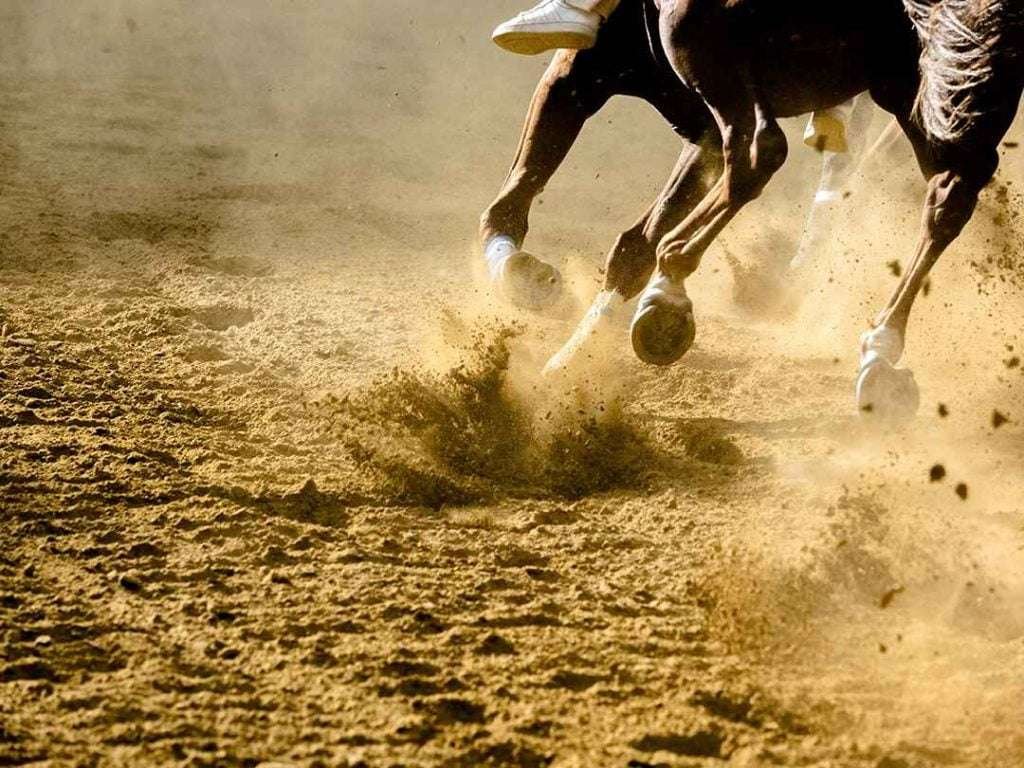
- Regular Exercise: like a combination of cardiovascular workouts, strength training, and interval training sessions. Gradually increase the intensity and duration of workouts to build your horse’s stamina and speed over time.
- Interval Training: should be the part of your horse’s workout routine.
- Hill Work: can build strength, power, and endurance. Hill workouts challenge your horse’s muscles and cardiovascular system, helping to improve its overall speed and agility.
- Proper Nutrition: a balanced diet that provides the necessary nutrients, vitamins, and minerals for optimal health and performance.
- Supplementation: with specific nutrients or performance-enhancing qualities can support muscle development, energy production, and overall athletic performance. However, always consult with a veterinarian before introducing any new supplements to your horse’s diet.
- Regular Veterinary Care: to monitor your horse’s health and address any potential issues that may affect its performance. Addressing any underlying health problems promptly can help prevent performance-related issues and make sure your horse remains in optimal condition.
- Quality Rest and Recovery: between workouts help prevent overtraining and reduce the risk of injury. Give your hors a few rest days during horse’s training, it will provide opportunities for relaxation and mental stimulation.
- Skill Development: like riding skills and communication with your horse to optimize its performance. Practice proper riding techniques, balance, and timing help your horse move efficiently and effectively at higher speeds.
- Consistent Training: Stay consistent with your horse’s training program and avoid long periods of inactivity or inconsistent workouts. It helps maintain your horse’s fitness level and prevents regression in speed and performance.
- Positive Reinforcement: techniques, such as praise, rewards, and encouragement, to motivate and reinforce desired behaviors during training sessions. Positive reinforcement can help build your horse’s confidence and willingness to perform at its best.
Remember to monitor your horse’s progress closely and adjust your training approach as needed to ensure continued improvement and success.
Final Thoughts
In conclusion, horse speed requires a holistic approach proper training, conditioning, nutrition, and overall care. A well-rounded training program, including regular exercise, interval training, and skill development, can help improve horse’s speed and performance. Make sure your horse receive a balanced diet, proper rest, and regular veterinary care. Remember to monitor your horse’s progress closely, adjust your training approach as needed, and always prioritize your horse’s well-being above all else. With dedication, patience, and a commitment to excellence, you can help your horse reach its full potential and achieve success in various equestrian pursuits.
FAQ’s
Fastest racehorse in the world?
On May 14, 2008, at the Penn National Race Course in Grantville, Pennsylvania, Winning Brew set the record for the fastest recorded speed for a Thoroughbred racehorse over a distance of 440 yards (approximately 402 meters). She completed the race in just 20.57 seconds, achieving an astonishing speed of 70.76 kilometers per hour (43.97 miles per hour). This remarkable feat earned Winning Brew a place in the history books as the fastest racehorse ever recorded over that distance.


